.jpg)
The HIV/AIDS epidemic is a serious threat to the Hispanic/Latino community. Hispanics/Latinos comprise 14% of the US population, but accounted for 22% of all new HIV infections occurring in the United States in 2006. During the same year, the rate of new HIV infections among Hispanics/Latinos was three times that of whites. In 2006, HIV/AIDS was the fourth leading cause of death among Hispanic/Latino men and women aged 35–44.
THE NUMBERS
HIV/AIDS in 2006
- Hispanics/Latinos accounted for 23% of the 35,314 new HIV/AIDS diagnoses in 33 states with long-term, confidential name based HIV reporting .
- Hispanics/Latinos accounted for 22% of the 491,727 persons (including children) living with HIV/AIDS in the 33 states .
- For Hispanic/Latino men living with HIV/AIDS, the most common methods of HIV transmission were (in order) sexual contact with other men, injection drug use, and high-risk heterosexual contact. For Hispanic/Latina women living with HIV/AIDS, the most common methods of transmission were high-risk heterosexual contact and injection drug use.
AIDS in 2006
- Hispanics/Latinos accounted for 23% of new AIDS diagnoses and 23% of all people living with AIDS in the 50 states and the District of Columbia .
- Of the rates of AIDS diagnoses for adults and adolescents in all racial and ethnic groups, the second highest (after the rate for blacks) was the rate for Hispanics/Latinos.
- Hispanics/Latinos accounted for 19% of the estimated 982,498 AIDS cases diagnosed in the 50 states and the District of Columbia since the beginning of the epidemic .
- By the end of 2006, an estimated 179,690 Hispanics/Latinos with AIDS in the 50 states and the District of Columbia had died.
PREVENTION CHALLENGES
A number of cultural, socioeconomic, and health-related factors contribute to the HIV epidemic and prevention challenges in the US Hispanic/Latino community.
- Behavioral risk factors for HIV infection differ by country of birth. For example, data suggest that Hispanics/Latinos born in Puerto Rico are more likely than other Hispanics/Latinos to contract HIV as a result of injection drug use or high-risk heterosexual contact. By contrast, sexual contact with other men is the primary cause of HIV infections among Hispanic/Latino men born in Central or South America, Cuba, Mexico, or the United States.
- Hispanic/Latina women and Hispanic/Latino men are most likely to be infected with HIV as a result of sex with men . Therefore, prevention program staff need to address issues specific to the Hispanics/Latinos to whom a particular program is directed: for example, condom usage (men and women) or the balance of power within relationships (especially women).
- Injection drug use continues to be a risk factor for Hispanics/Latinos, particularly those living in Puerto Rico . Both casual and chronic substance users are more likely to engage in risky sexual behaviors, such as unprotected sex, when they are under the influence of drugs or alcohol.
- The rates of sexually transmitted diseases, which can increase the chances of contracting HIV, are higher for Hispanics/Latinos. In 2006, the rate of chlamydial infection for Hispanics/Latinos was about 3 times the rate for whites (not Hispanic/ Latino), and the rates of gonorrhea and syphilis for Hispanics/Latinos were about twice the rates for whites .
- Certain cultural beliefs can affect one’s risk for HIV infection. For example, among men, machismo has positive implications for HIV prevention, such as strength and protection of the family; however, proving masculinity through power and dominance can lead both straight and gay Hispanic/Latino men to engage in risky sexual behavior.
- Greater acculturation into the US culturehas both negative (engaging in behaviors that increase the risk for HIV infection) and positive (communicating with partners about practicing safer sex) effects on the health behaviors of Hispanics/Latinos.
- More than 1 in 4 (29.9%) Hispanics/Latinos live in poverty . Problems associated with poverty, including unemployment, a lack of formal education, inadequate health insurance, and limited access to high-quality health care, can increase the risk for HIV infection.
- The migration patterns, social structure,language barriers, and lack of regular health care among transient Hispanic/Latino immigrants can affect awareness and hinder access to HIV/AIDS prevention and care.



































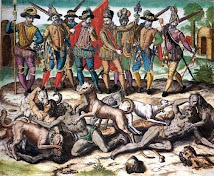

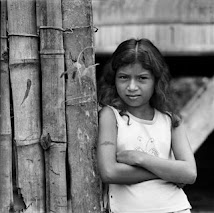

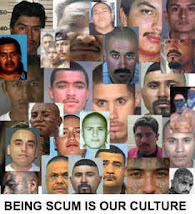.jpg)




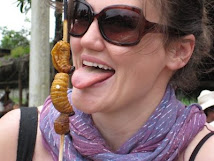

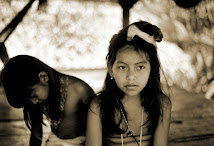.jpg)






